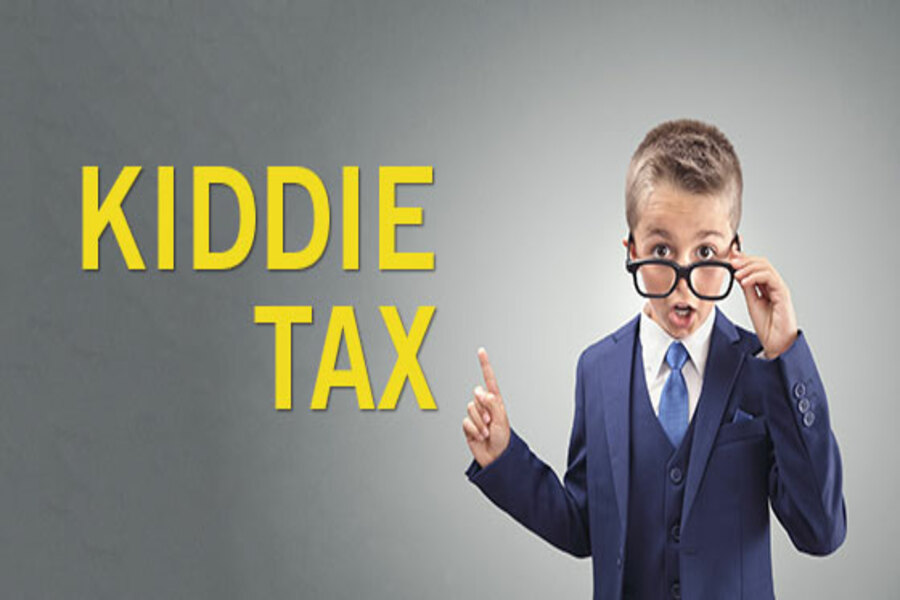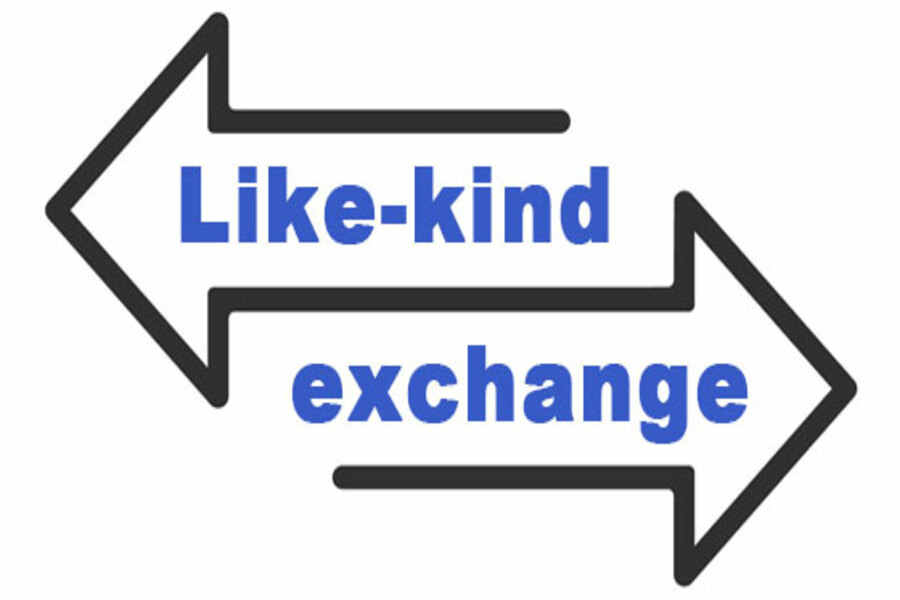These days, most businesses have websites. But surprisingly, the IRS hasn’t issued formal guidance on when website costs can be deducted. Fortunately, established rules that generally apply to the deductibility of business costs provide business taxpayers launching a website with some guidance as to the proper treatment of the costs. Plus, businesses can turn to IRS guidance that applies to software costs. Hardware versus software Let’s start with the hardware you may need to operate a website. The costs fall under the standard rules for depreciable equipment. Specifically, once these assets are operating, you can deduct 100% of the cost in the first year they’re placed in service (before 2023). This favorable treatment is allowed under the 100% first-year bonus depreciation break. Note: The bonus depreciation rate will begin...

On its website, the IRS has issued guidance on accessing the Inflation Reduction Act of 2022's tax credits for electric vehicles ("Plug-in Electric Drive Vehicle Credit at a Glance"), while the Energy Department listed credit-eligible cars, trucks, and SUVs ("List of Vehicles with Final Assembly in North America") on 8/16/22, just hours after President Biden signed the law. Credit Amounts The Act introduces a $4,000 tax credit for the purchase of used electric vehicles (EVs), and updates the $7,500 credit for new EVs . . . Vehicle Price Caps A major change however is the introduction of caps on the price of new vehicles, based on the buyer's income, that qualify for that credit. The caps imposed are: $55,000 for electric cars, and $80,000 for SUVs and pickup trucks. Final Assembly...
Many people wonder how they can save taxes by transferring assets into their children’s names. This tax strategy is called income shifting. It seeks to take income out of your higher tax bracket and place it in the lower tax brackets of your children. While some tax savings are available through this approach, the “kiddie tax” rules impose substantial limitations if: The child hasn’t reached age 18 before the close of the tax year, or The child’s earned income doesn’t exceed half of his or her support and the child is age 18 or is a full-time student age 19 to 23. The kiddie tax rules apply to your children who are under the cutoff age(s) described above, and who have more than a certain amount of...
Excerpt of an article posted to the ARK Invest website on 7/15/22 According to the research of ARK Invest, during the next five years the auto industry as measured in units will grow, but as measured by enterprise value, it will shrink. In 2021, the number of light vehicles sold globally was 78 million and the enterprise value of automakers, roughly $3.5 trillion. According to IHS Markit, during the next five years unit auto sales will increase at a 4.7% compound annual growth rate and hit a new high at 98 million units in 2026. ARK’s Non-Autonomous EV Base Case agrees with the consensus view that unit sales will increase by 20 million during the next five years but that the enterprise value of global automakers...
A business or individual might be able to dispose of appreciated real property without being taxed on the gain by exchanging it rather than selling it. You can defer tax on your gain through a “like-kind” or Section 1031 exchange. A like-kind exchange is a swap of real property held for investment or for productive use in your trade or business for like-kind investment real property or business real property. For these purposes, “like-kind” is very broadly defined, and most real property is considered to be like-kind with other real property. However, neither the relinquished property nor the replacement property can be real property held primarily for sale. If you’re unsure whether the property involved in your exchange is eligible for a like-kind exchange, contact us...
Sadly, many businesses have been forced to shut down recently due to the pandemic and the economy. If this is your situation, we can assist you, including taking care of the various tax responsibilities that must be met. Of course, a business must file a final income tax return and some other related forms for the year it closes its doors. The type of return to be filed depends on the type of business you have. Here’s a rundown of the basic requirements. Sole proprietorships. You’ll need to file the usual Schedule C, “Profit or Loss from Business,” with your individual return for the year you close the business. You may also need to report self-employment tax. Partnerships. A partnership must file Form 1065, “U.S. Return of Partnership...
On 8/16/22, President Biden signed into law the so-called Inflation Reduction Act of 2022 (H.R. 5376). In a statement earlier, the White House said, "President Biden and Congressional Democrats have worked together to deliver a historic legislative achievement that defeats special interests, delivers for American families, and grows the economy from the bottom up and middle out". The White House is also planning an event on 9/6/22 to celebrate the enactment of the bill. The $740 billion Act is projected to raise revenue via a new 15% minimum tax on large, profitable corporations and a 1% excise tax on stock buybacks, to achieve the Democrats goal of using the budget reconciliation measure to reduce the U.S. annual deficit (i.e. not the National Debt) by approximately $300...
Reasonable (or replacement) owners’ compensation can be a hot button during IRS audits, divorces, shareholder disputes and other litigation matters involving the value of a private business. What’s appropriate depends on the facts and circumstances. Applying federal tax guidance The IRS is on the lookout for C corporations that pay employee/shareholders excessive salaries in place of dividends. This tactic lowers the overall taxes paid because salaries are a tax-deductible expense and dividends aren’t. Owners pay income tax on salaries at the personal level, but dividends are subject to double taxation (at the corporate level and at each owner’s personal tax rate). If the IRS decides that a C corp is overpaying owners, it may reclassify part of the owners’ salaries as dividends. For S corporations, the IRS looks...
What happens if two or more individuals in your organization collude to commit fraud? According to the Association of Certified Fraud Examiners’ (ACFE’s) 2022 Report to the Nations, fraud losses rise precipitously. The median loss for a scheme involving just one perpetrator is $57,000, but when two or more perpetrators are involved, the median loss skyrockets to $145,000. When three or more thieves work together, it soars to $219,000. Unfortunately, collusion schemes are common — they make up approximately 58% of all fraud incidents. So these five steps are recommended: Enforce internal controls. Colluding thieves usually either ignore internal controls or take steps to hide noncompliance. For example, a colluding manager might override controls to allow another employee to commit expense reimbursement or payroll fraud. To...
As posted to the Munro Live YouTube Channel on 8/1/2022 (Run Time 49 min, 46 sec) Ford CEO Jim Farley, Linda Zhang (F-150 Chief Nameplate Engineer), and Doug Field (Chief Officer of EVs and Digital Systems) deliver Munro & Associates a Ford F-150 Lightning and sit down for a down-to-earth interview with Sandy Munro to discuss, among other things, urgent changes necessary to avoid a financial calamity in the transition to EVs. (This is Blog Post #1250) Sandy Munro is an automotive engineer who specializes in machine tools and manufacturing. He joined the Ford Motor Company in 1978 and then started his own consulting company, Munro & Associates, which specializes in lean design, tearing down automotive products to study and suggest improvements and innovations....
- 1
- 2
- 3
- 4
- 5
- 6
- 7
- 8
- 9
- 10
- 11
- 12
- 13
- 14
- 15
- 16
- 17
- 18
- 19
- 20
- 21
- 22
- 23
- 24
- 25
- 26
- 27
- 28
- 29
- 30
- 31
- 32
- 33
- 34
- 35
- 36
- 37
- 38
- 39
- 40
- 41
- 42
- 43
- 44
- 45
- 46
- 47
- 48
- 49
- 50
- 51
- 52
- 53
- 54
- 55
- 56
- 57
- 58
- 59
- 60
- 61
- 62
- 63
- 64
- 65
- 66
- 67
- 68
- 69
- 70
- 71
- 72
- 73
- 74
- 75
- 76
- 77
- 78
- 79
- 80
- 81
- 82
- 83
- 84
- 85
- 86
- 87
- 88
- 89
- 90
- 91
- 92
- 93
- 94
- 95
- 96
- 97
- 98
- 99
- 100
- 101
- 102
- 103
- 104
- 105
- 106
- 107
- 108
- 109
- 110
- 111
- 112
- 113
- 114
- 115
- 116
- 117
- 118
- 119
- 120
- 121
- 122
- 123
- 124
- 125
- 126
- 127
- 128
- 129
- 130
- 131
- 132
- 133
- 134
- 135
- 136
- 137
- 138
- 139
- 140
- 141
- 142
- 143
- 144
- 145
- 146
- 147
- 148
- 149
- 150











